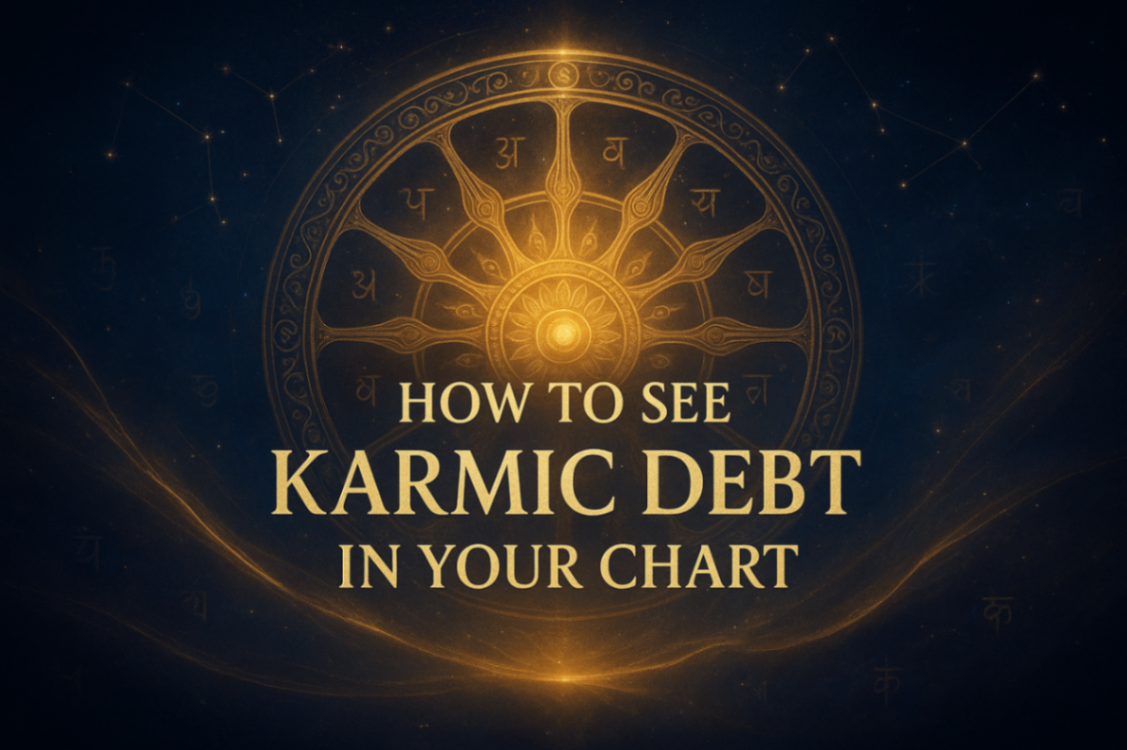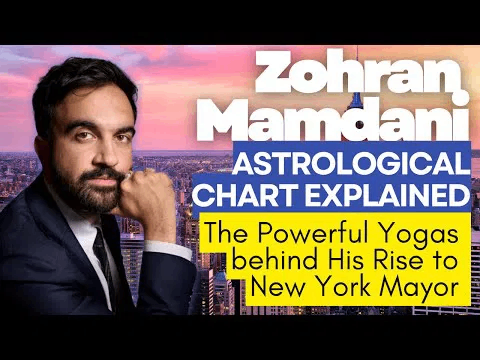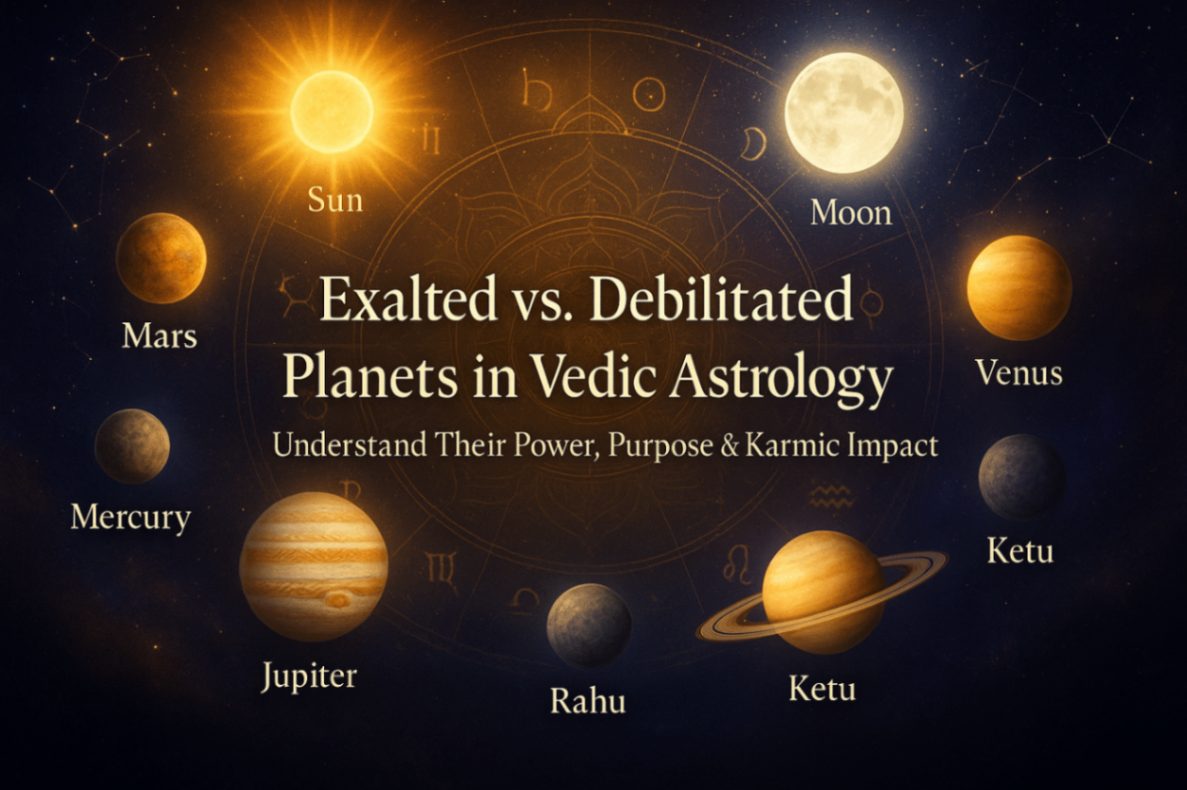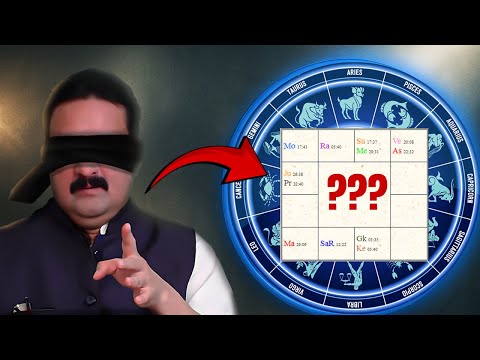Understanding the Importance of Navamsa in Vedic Astrology
Navamsa, also known as the ninth divisional chart in Vedic astrology, holds immense significance. It is essential to understand that no horoscope should be analyzed without considering the Navamsa chart. The Navamsa chart offers a more refined and deeper insight into the strengths and characteristics of the planets in one's horoscope.
The Weightage of Navamsa in Astrology
In Vedic astrology, it is often said that if the birth chart is given a weightage of three and a half points, the Navamsa chart should be given three points. This highlights the importance of Navamsa in astrological interpretations. Ancient texts like Brihat Parashara Hora Shastra emphasize looking at the strength of planets in the Navamsa chart to understand various aspects of an individual's life, including marriage patterns.
Research and Contributions in Navamsa
Extensive research has been conducted on the Navamsa chart. Prominent astrologers like Mr. K.N. Rao and others from the Bharatiya Vidya Bhavan have extensively studied and written about Navamsa. For instance, Mr. Naval Singh has contributed significantly by publishing articles and a book on Navamsa in the Journal of Astrology.
Correcting Birth Time Using Navamsa
One of the critical uses of the Navamsa chart is to correct the birth time. The ascendant of the Navamsa chart reveals the intrinsic qualities of an individual's personality. By verifying events in a person's life based on the Navamsa ascendant and the birth chart, astrologers can ascertain the accuracy of the birth time.
Planetary Strength in Navamsa
It is crucial to analyze the strength of planets both in the birth chart (D1) and the Navamsa chart (D9). For example, if a planet is exalted in the birth chart but debilitated in the Navamsa, it is considered worse than a planet that is debilitated in the birth chart but exalted in the Navamsa. This is because the Navamsa chart provides a refined and filtered view of the planet's strength and influence.
Vargottama Planets
Vargottama planets, those that occupy the same sign in both the birth chart and the Navamsa chart, are traditionally considered very strong. However, if a planet is debilitated in both charts, it generally does not yield good results, especially concerning health.
Reading D9 as an Independent Chart
The Navamsa chart should be read both independently and in conjunction with the birth chart. For instance, if Jupiter is the significator of children, its strength in the Navamsa will indicate the likelihood of having children and the happiness derived from them. Similarly, the fourth lord's condition in the Navamsa can give insights into one's domestic happiness.
Navamsa and Marriage Compatibility
Navamsa plays a vital role in assessing marriage compatibility. The ascendant and the seventh house of the Navamsa chart are crucial in this regard. The fourth house of the Navamsa indicates domestic happiness, while the tenth house can provide insights into the career aspects of the spouse. Therefore, the Navamsa chart should be analyzed as an independent chart to evaluate marriage compatibility.
Activation of Navamsa
There is a common misconception that the Navamsa chart gets activated only after the age of 32. This is not true. The Navamsa chart is applicable from birth and can provide insights into various life events right from the beginning. However, it is true that the refined and filtered qualities of the planets, as seen in the Navamsa, may become more prominent around the age of 32 or later.
Research and Personal Experience in Navamsa
Astrological research is a continuous process. Many astrologers have contributed to the understanding of Navamsa through their research and writings. It is essential for practitioners to keep learning and validating astrological principles through personal experience and observation.
Rashi Chart vs. Bhava Chart
In Vedic astrology, both the Rashi chart and the Bhava chart hold importance. The Rashi chart is primarily used for assessing planetary positions and aspects. However, the Bhava chart can provide additional insights, especially when there are discrepancies or doubts in the Rashi chart. Astrologers should use both charts in conjunction to get a comprehensive understanding of the horoscope.
Navamsa in Research and Practice
Astrologers should not be restricted by classical principles alone. Personal research and observations can lead to new insights and validations. The dynamic nature of horoscope analysis allows for continuous learning and application of new findings.
Conclusion
Navamsa is an indispensable tool in Vedic astrology. It offers a deeper and more refined understanding of planetary strengths and influences. By integrating the Navamsa chart with the birth chart, astrologers can provide more accurate and insightful predictions. Continuous research and personal experience play a crucial role in enhancing the understanding and application of Navamsa in astrology.
```






































